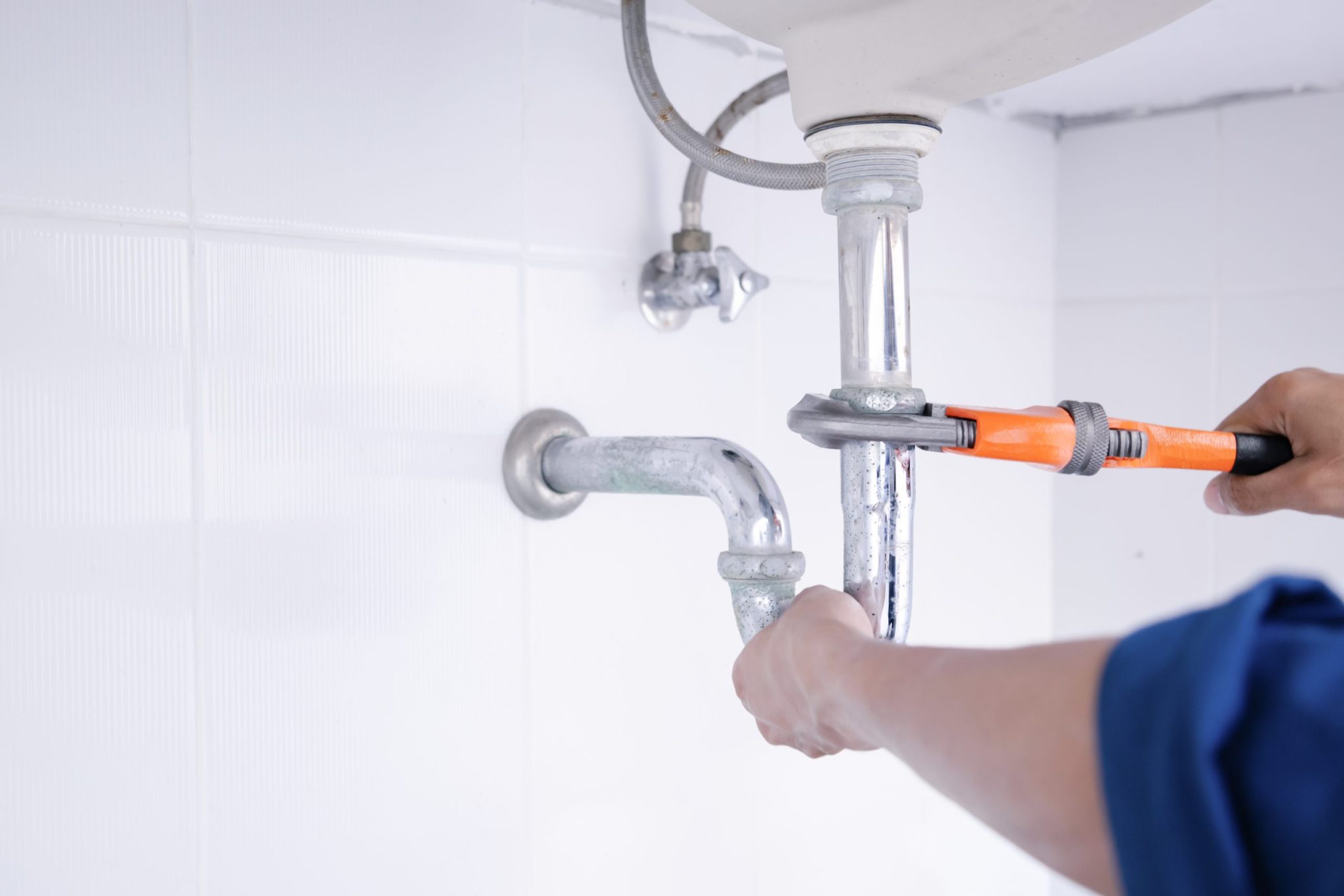Preventing Everyday Plumbing Problems in Your Home: A Comprehensive Guide
Preventing Everyday Plumbing Problems in Your Home: A Comprehensive Guide
Blog Article
Nearly everybody seems to have their personal perception involving 6 Common Plumbing Problems and How to Fix Them.

Intro
Maintaining a practical plumbing system is crucial for a comfortable home. By taking safety nets, you can stay clear of common plumbing issues that may disrupt your day-to-day live and incur costly repair work.
Routine Maintenance Checks
Routinely examining your plumbing system is necessary for recognizing possible concerns before they intensify. Check pipelines, faucets, commodes, and appliances for leakages, corrosion, or indicators of wear and tear.
See What You Flush
Bear in mind what you purge down your commodes. Prevent flushing things such as wipes, cotton spheres, sanitary products, and paper towels, as these can trigger blockages and back-ups in your pipelines.
Proper Disposal of Oil and Food Waste
Dispose of grease, oils, and food scraps effectively to prevent accumulation in your pipes. Prevent putting oil away, as it can solidify and cause blockages. Use a strainer in your kitchen sink to capture food fragments and vacant it routinely.
Monitor Water Pressure
Keep an eye on your water pressure to avoid tension on your pipes and devices. High water stress can result in leakages and damage over time. Take into consideration mounting a pressure regulatory authority to preserve optimal water stress throughout your home.
Safeguard Pipelines from Freezing
Throughout cold weather, take actions to stop your pipelines from cold. Shield subjected pipelines, particularly those in unheated locations like basements and attic rooms. Enable taps to leak during freezing temperature levels to stop water from cold in the pipes.
Address Leakages Without Delay
Deal with any kind of leakages or trickles as soon as you see them. Even minor leakages can waste water and create damage to your home over time. Tighten loose installations or replace damaged seals to stop leakages from aggravating.
Be Mild with Plumbing Components
Stay clear of using excessive force when running plumbing components such as taps and valves. Misuse can trigger deterioration, resulting in leakages and various other malfunctions.
Routine Drainpipe Cleaning
Set up normal drainpipe cleaning to prevent buildup of hair, soap residue, and various other debris. Use a drainpipe serpent or enzymatic cleaner to get rid of blockages and keep smooth drain.
Install Water Softeners
Take into consideration mounting a water softener if you have tough water. Difficult water can create mineral accumulation in your pipelines and home appliances, leading to reduced water circulation and effectiveness.
Inform Family Members
Educate everybody in your house about proper plumbing practices. Instruct them what must and shouldn't be flushed or taken care of down the tubes to stop preventable plumbing issues.
Conclusion
Avoiding typical plumbing concerns in your home requires diligence and routine upkeep. By adhering to these safety nets, you can ensure that your plumbing system operates smoothly and avoid costly repair work in the future.
Expert Tips for Preventing Common Plumbing Issues
Keep Drains Clear and Functional
Regularly clean drain covers and hair-catching devices to eliminate debris and prevent buildup. Avoid disposing of grease, oil, or coffee grounds down your drains, as they can congeal and accumulate over time, creating obstructions. Consider using a biodegradable drain cleaner periodically to break down organic matter and maintain clear pipes. Prevent and Identify Leaks Early
Regularly inspect visible plumbing connections, pipes, and fixtures for signs of moisture or corrosion. Fix loose connections or replace damaged components as needed. Install water leak sensors in high-risk areas such as under sinks, near water heaters, and around washing machines to provide early warning of potential leaks. Monitor your water bill for sudden increases in usage, which may indicate a hidden water leak. Protect Plumbing from Freezing Temperatures
Allow faucets to drip slightly during extremely cold weather to prevent freezing and pressure buildup inside the pipes. Seal gaps and openings in walls, doors, and windows near plumbing to prevent drafts from reaching your pipes. Maintain Optimal Water Heater Performance
Schedule annual professional maintenance of your water heater, including checking pressure-relief valves, flushing sediment buildup, and inspecting for corrosion or leaks. Maintain the manufacturer-recommended temperature setting, typically around 120°F (49°C), to optimize energy efficiency and prevent scalding. Consider installing an expansion tank in your system if you have a closed-loop water supply, which prevents excessive pressure buildup and potential water heater failure. https://www.climatecontrolkc.com/blog/plumbing/tips-for-preventing-plumbing-issues/

I hope you enjoyed reading our topic on Common Plumbing Problems and How to Prevent Them. Many thanks for finding the time to read our piece. Don't hesitate to set aside a second to promote this write-up if you liked it. Thank you for your time invested reading it.
Book Report this page